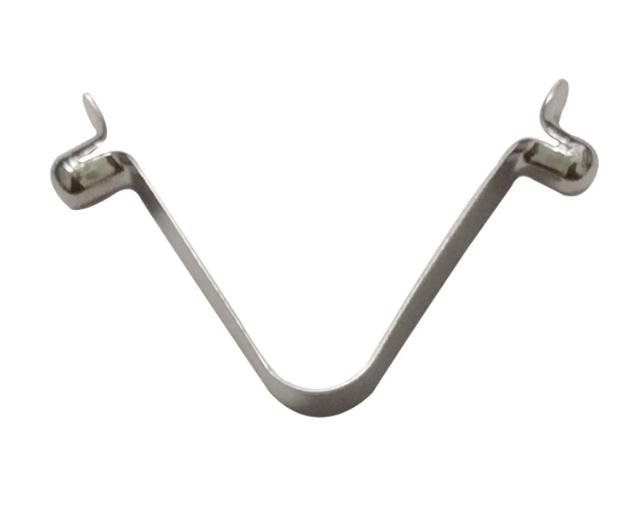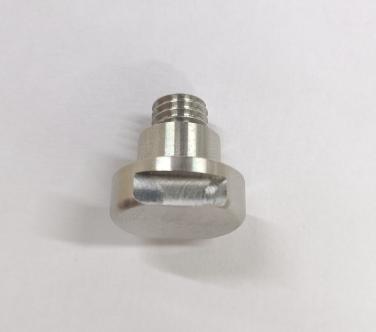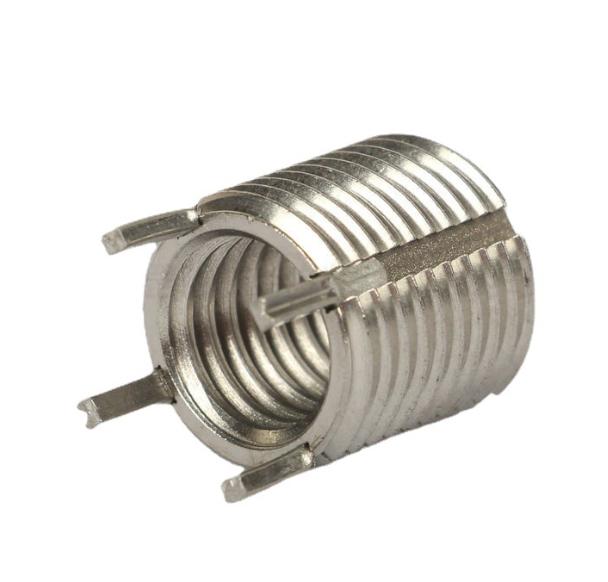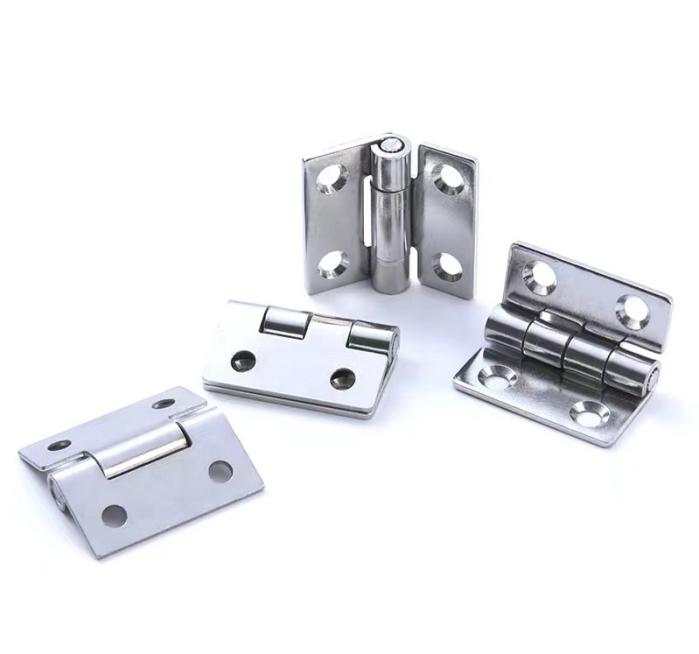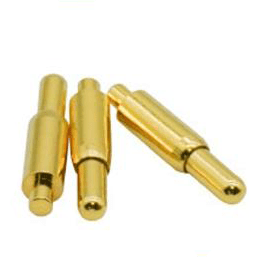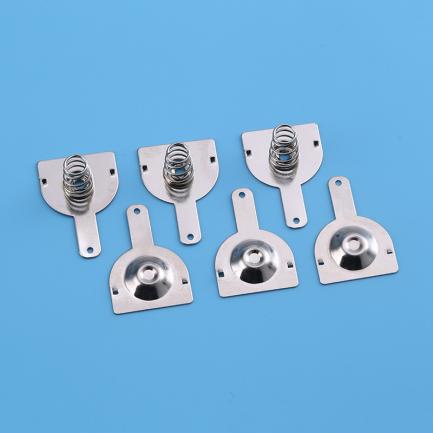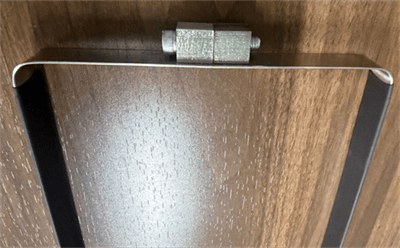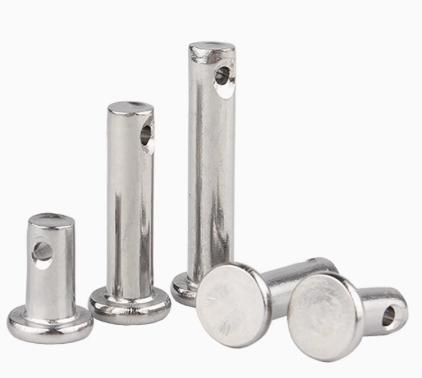Progressive Die Stamping and Transfer Die Stamping: A Comparative Analysis
Two widely utilized techniques in metal stamping, progressive die stamping and transfer die stamping, stand out as versatile methods for producing complex metal parts. Both techniques have their own unique characteristics, applications, and considerations. In this article, we delve into the intricacies of progressive die stamping and transfer die stamping, exploring their processes, applications, and key considerations for manufacturers to choose the right methods.
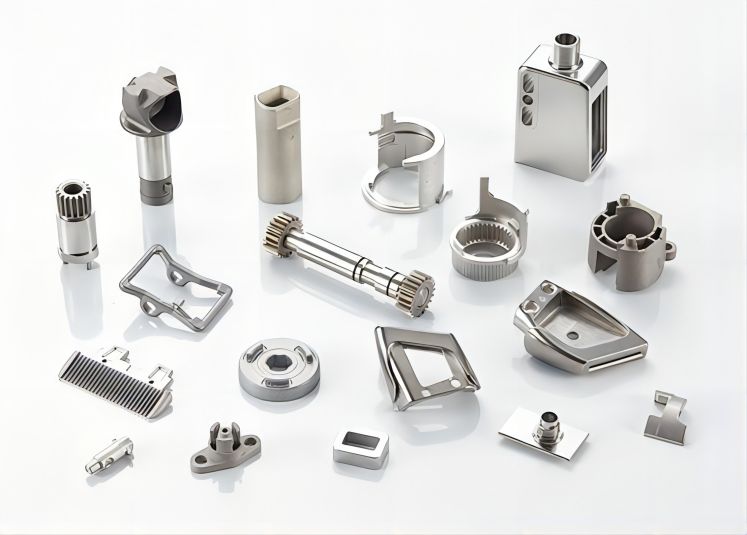
Understanding Progressive Die Stamping and Transfer Die Stamping
What is Progressive Die Stamping
Progressive die stamping is a highly automated and continuous method used to mass produce complicated metal parts. The method entails feeding a metal strip through a sequence of stations on a single compound die. As the strip moves through the die, each station performs a specialized action such as punching, bending, or shaping. By the time the strip exits the die, the finished part is fully formed, with several features and precise detailing.
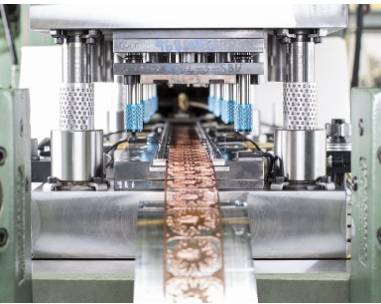
Key Features
- High-Speed Production: Progressive die stamping enables high-speed production of parts, making it ideal for large volume runs.
- Complex Part Geometry: It is well-suited for producing parts with intricate shapes, features, and tight tolerances.
- Efficient Material Utilization: This method maximizes material utilization by minimizing scrap and waste.
- Cost-Effectiveness for Mass Production: While the initial tooling costs may be higher, progressive die stamping becomes cost-effective for mass production due to its high-speed and efficiency.
What is Transfer Die Stamping
Transfer die stamping is a semi-automated technique in which individual blanks are transferred from a feeder to various workstations within the die. Unlike progressive die stamping, which keeps the strip intact throughout the process, transfer die stamping processes each blank one at a time. Each blank is routed to several stations within the die, where various forming procedures are carried out before the finished portion is ejected.
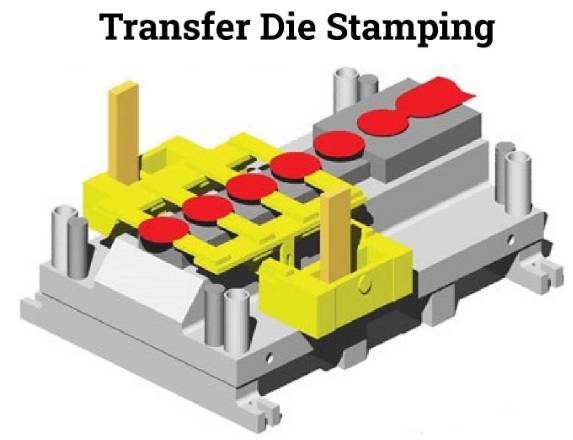
Key Features
- Flexibility in Production: Transfer die stamping offers greater flexibility in handling various part geometries and sizes, making it suitable for low to medium volume production runs.
- Lower Tooling Costs: Compared to progressive die stamping, transfer die stamping typically incurs lower initial tooling costs, making it more cost-effective for smaller production runs.
- Reduced Strain on Material: Since each part is individually transferred and processed, there is less strain on the material, reducing the risk of material distortion or cracking.
- Ideal for Prototyping and Short Runs: Transfer die stamping is well-suited for prototyping and short production runs, allowing for quick iteration and refinement of part designs.
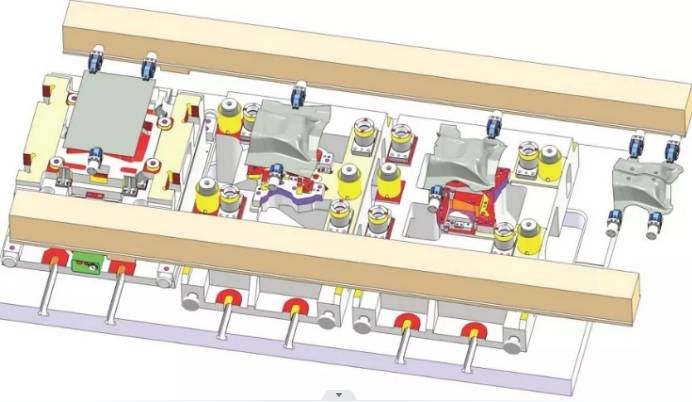
Comparison: Progressive Die Stamping vs. Transfer Die Stamping
| Aspect | Progressive Die Stamping | Transfer Die Stamping |
| Process | Continuous | Semi-Continuous |
| Production Speed | High | Moderate |
| Initial Tooling Costs | High | Moderate |
| Material Utilization | Efficient | Efficient |
| Part Complexity | High | Moderate |
| Volume of Production | High (Ideal for Mass Production) | Low to Medium (Suited for Prototyping and Small to Medium Runs) |
| Flexibility | Limited | High |
Factors to Consider for Choosing Between Progressive Die Stamping and Transfer Die Stamping
1. Production Volume
The estimated production volume is critical in establishing the most appropriate metal stamping process. Progressive die stamping is ideal for large-scale production runs when efficiency and speed are critical. Transfer die stamping, on the other hand, is better suited to low to medium volume production runs, as it allows for greater flexibility with smaller batches.
2. Part Complexity
Determine the complexity of the parts you need to make. Progressive die stamping may produce parts with complex shapes, features, and strict tolerances in a single continuous operation. If your parts require many forming operations and have complex geometries, progressive die stamping may be a better option. Transfer die stamping, while versatile, may be better suited to simpler parts with fewer operations.
3. Initial Tooling Costs
Consider the initial tooling costs for each stamping method. Because of the complexity of the dies, progressive die stamping usually necessitates a larger initial investment in tooling. However, for large-scale production runs, the per-part cost tends to fall dramatically, making progressive die stamping more cost-effective in the long term. Transfer die stamping generally incurs lower initial tooling costs, making it more suitable for smaller production runs and prototypes.
4. Material Utilization
Evaluate the efficiency of material utilization for each stamping method. Both progressive and transfer die stamping aim to maximize material usage by minimizing scrap and waste. Progressive die stamping, with its continuous process, may result in slightly more efficient material utilization compared to transfer die stamping, which involves handling individual blanks.
5. Flexibility Requirements
Consider the level of flexibility needed in your production process. Progressive die stamping is optimized for high-speed, mass production of specific metal stamping parts and offers limited flexibility for design changes. Transfer die stamping, on the other hand, provides greater flexibility, allowing for quick adjustments to part designs and accommodating various part geometries and sizes. If you anticipate frequent design changes or need the ability to produce a variety of parts with the same equipment, transfer die stamping may be more suitable.

6. Secondary Operations
Assess whether secondary operations such as machining, welding, or assembly will be required after stamping. Progressive die stamping can often eliminate the need for secondary operations by incorporating multiple forming operations into a single die, resulting in fully finished parts with minimal additional processing. Transfer die stamping may require additional secondary operations depending on the complexity of the parts.
7. Consultation with Experts
Finally, consult with experienced stamping manufacturers or specialists to learn more about your project’s specific requirements. They may offer important advise based on their experience and assist you in determining the best stamping process for your specific requirements.
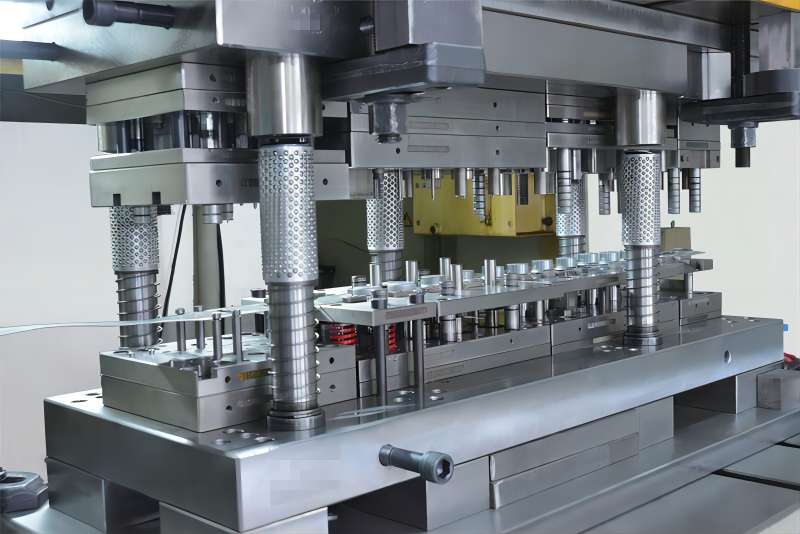
Conclusion
Progressive die stamping and transfer die stamping are both valuable metal stamping techniques that provide distinct advantages based on production volume, part complexity, and cost factors. While progressive die stamping excels at high-speed mass production of complicated products, transfer die stamping is more adaptable and cost-effective for smaller production runs and prototyping. Manufacturers may improve the efficiency, quality, and cost-effectiveness of their metal stamping processes by knowing the complexities of each technique and taking into account factors such as production volume, part complexity, and tooling costs.

